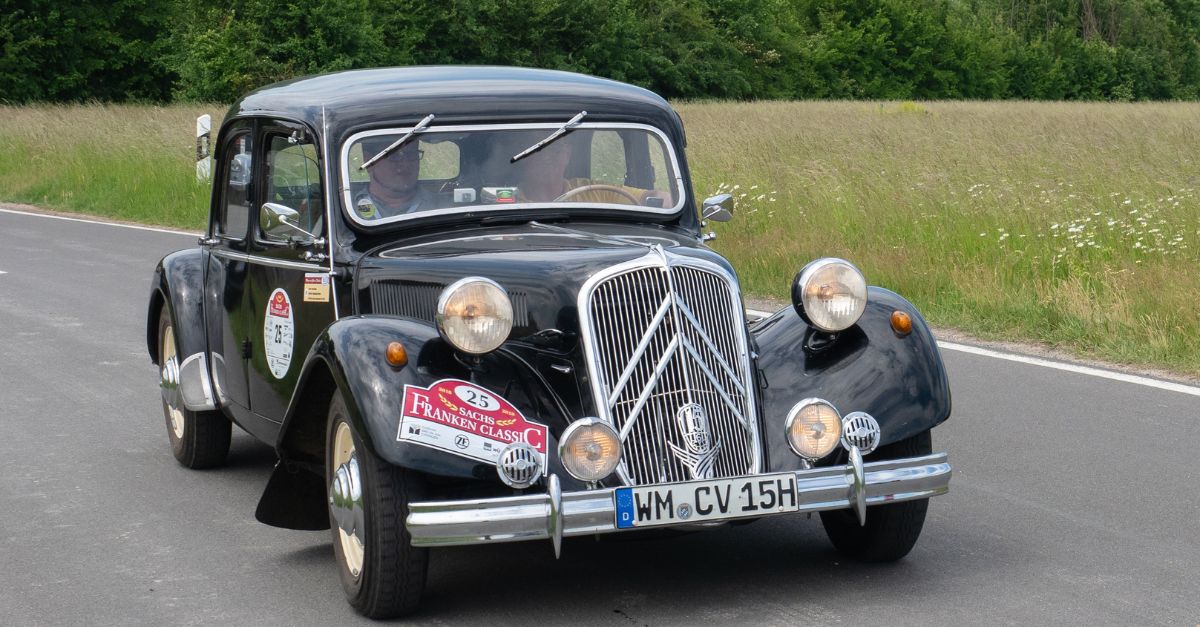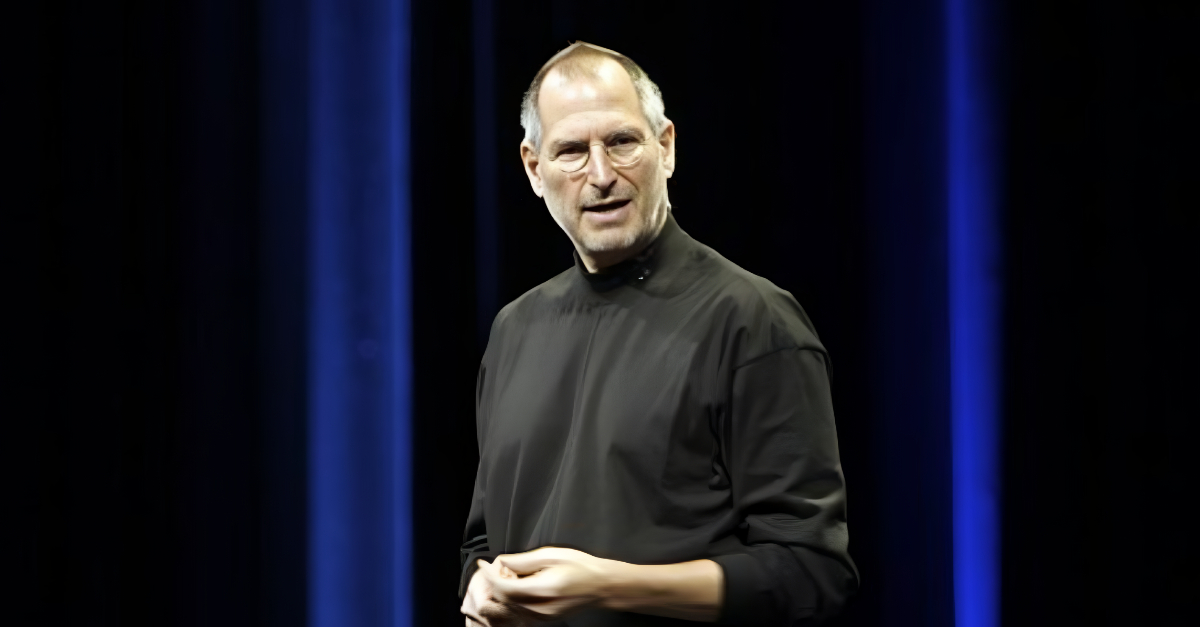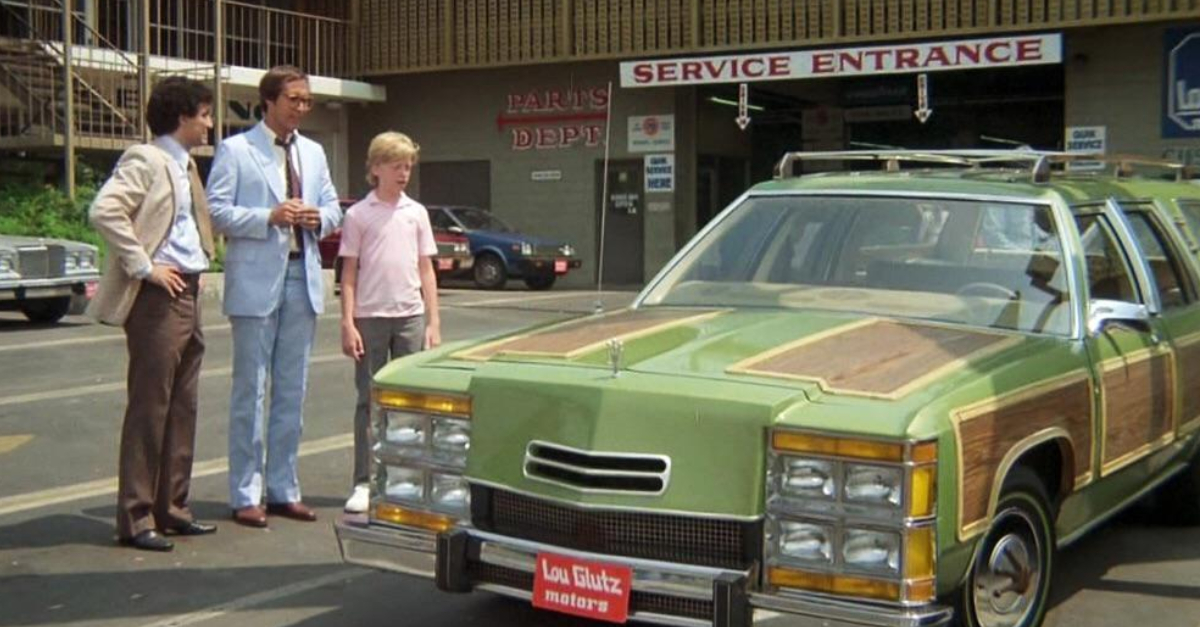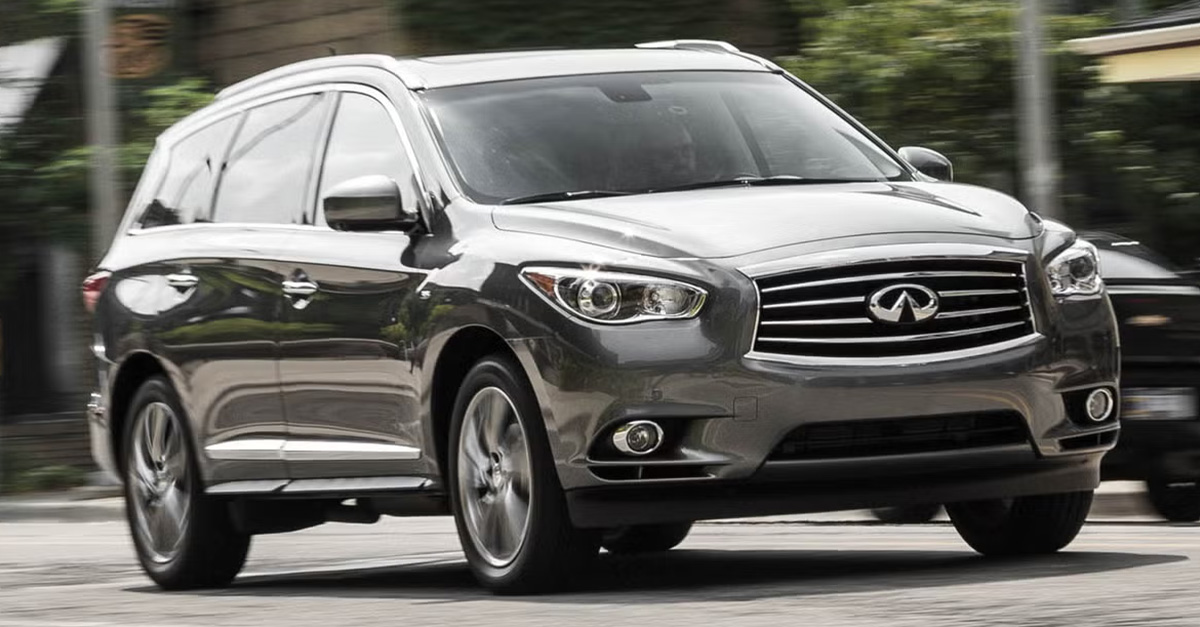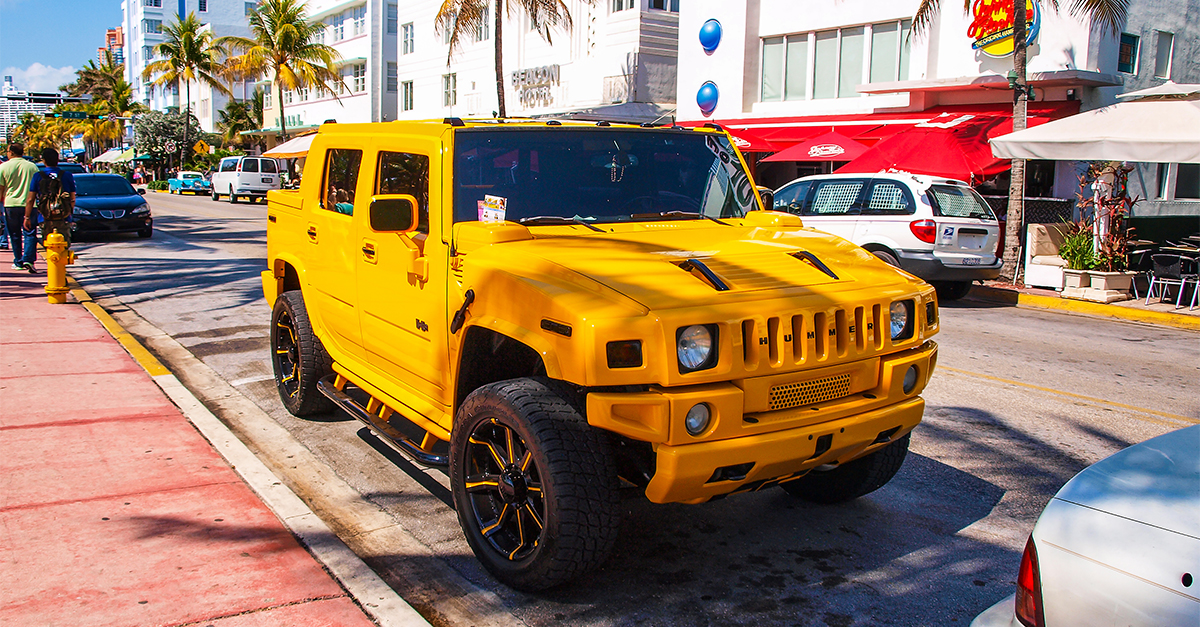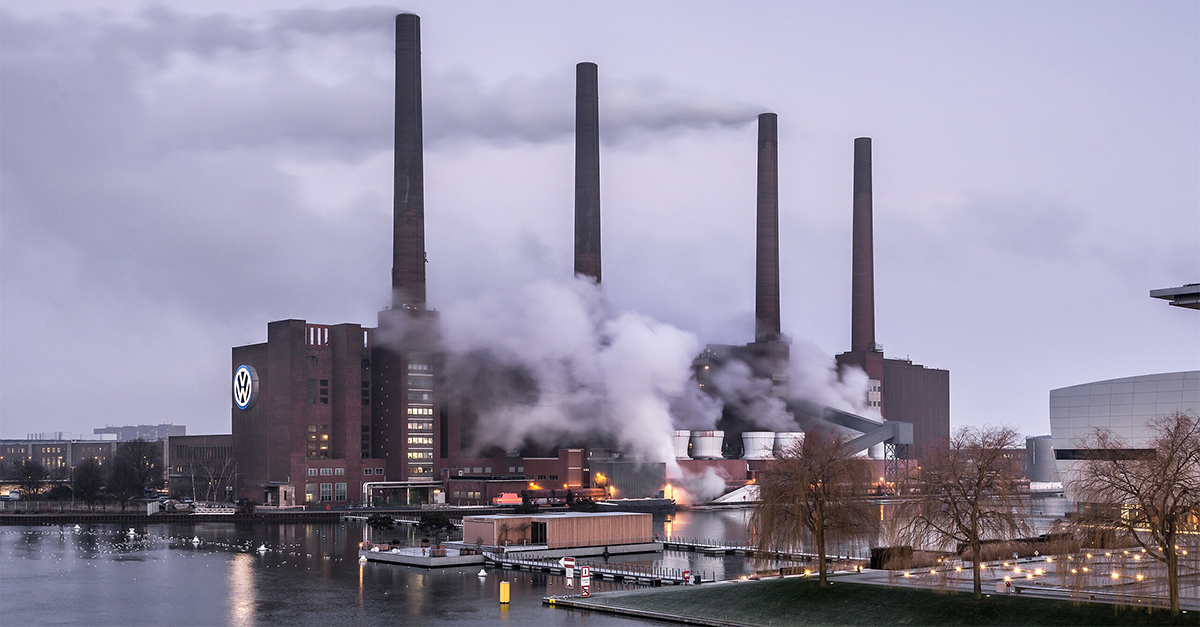Meet André Citroën And His Car Company
When André Citroën founded Citroën on June 4, 1919, no one foresaw the considerable impact the brand would make on automotive history. This is the story of Citroën—it details a century-long commitment to comfort, innovation, budget-friendly mobility, and audacious design.

The Thrilling Story Of France's Most Daring Carmaker
The French have a unique way of bringing style to everything, and in the early 1900s, one Frenchman, André Citroën, brought that flair to cars. Citroën took enormous risks to build stylish and advanced vehicles. Here's how he built a global automobile company with the most daring choices.
 Bain News Service, Wikimedia Commons
Bain News Service, Wikimedia Commons
They Inspired Recent Car Designs
Citroëns were sleek, wedge-shaped cars packed with features ahead of their time. At first glance, you'll see how they inspired the design of modern sports cars. The Citroën SM, for instance, had a Maserati V6 and a high-tech hydro-pneumatic suspension that set the new standard in car design.
 SG2012, CC BY 2.0, Wikimedia Commons
SG2012, CC BY 2.0, Wikimedia Commons
The Company Started From Gear-Making
The Citroën SM didn't appear out of nowhere; it came from a long line of bold designs conceptualized by the master himself. In 1905, he created a gear-making company with a unique double-helical Chevron-facing design that became Citroën's famous logo, which we still see on Citroën cars today.
 Reinhold Möller, CC BY-SA 4.0, Wikimedia Commons
Reinhold Möller, CC BY-SA 4.0, Wikimedia Commons
They Built Shells For The French Army
When WWI began, Citroën returned to the armed forces sector. The innovative 36-year-old noticed France's demand for artillery shells and built a factory at Quai de Javel, producing about 35,000 shells daily. Citroën's factory was the ideal workplace for any factory worker. It had clinics, childcare, and even schools.
 Unknown Author, Wikimedia Commons
Unknown Author, Wikimedia Commons
After WWI, Citroën Started Making Cars
When WWI ended in 1918, Citroën had a large factory without a demand for shells. Citroën needed to act fast—he saw how helpful vehicles were in transporting soldiers and ammunition and redirected that to car manufacturing. Even though the car-building industry was highly competitive, he still plunged in.
Henry Ford Was A Major Inspiration
While studying Henry Ford's assembly line for the Model T, Citroën got the idea to make cars affordable for everyone. In 1919, Citroën introduced the Type A, Europe's first mass-produced car, with features like an electric starter, spare tire, and lights—all at half the price of other competitors!
 Hartsook, photographer, Wikimedia Commons
Hartsook, photographer, Wikimedia Commons
Their First Car Had Good Mileage
The Type A had a small but efficient engine capable of hitting about 40 mph and a decent 31+ mpg mileage. Citroën even created different versions. Buyers could choose a coupe, torpedo, or small truck. Two years later, they released the more powerful B2 model after an earlier B10.
 Lars-Göran Lindgren Sweden, CC BY-SA 3.0, Wikimedia Commons
Lars-Göran Lindgren Sweden, CC BY-SA 3.0, Wikimedia Commons
Little Lemon
The B2 did really well; built in a factory making 200 cars daily. Then in 1922 came the Citroën 5HP or 5CV. It was a lighter, speedier version, with a 37 mph top speed. This car also got the nickname "Petit Citron" (Little Lemon) because of its pale “grapefruit” yellow color.
 Spanish Coches, CC BY 2.0, Wikimedia Commons
Spanish Coches, CC BY 2.0, Wikimedia Commons
Europe's First "Car For Madame"
The 5CV became popular with women and became Europe's first "car for Madame". Citroën also worked hard on marketing and publicity so he wouldn't rely only on the lineup's quality. He pioneered discount and credit sales in the French automobile industry and made buying easier by spreading payments over 12 months.
 Charles01, CC BY-SA 3.0, Wikimedia Commons
Charles01, CC BY-SA 3.0, Wikimedia Commons
André Citroën Was A Marketing Genius
Citroën's success wasn't just about great cars. He was a marketing genius who loved creative advertising. Soon, he was making 300 cars daily. In 1922, Citroën stunned everyone by sending five half-track B2 cars across the Sahara Desert. Over the next decade, Citroën cars went on tougher journeys.
 Duch, CC BY-SA 4.0, Wikimedia Commons
Duch, CC BY-SA 4.0, Wikimedia Commons
He Loved Publicity Stunts
Citroën's half-tracks traveled on some of the world's most dangerous terrain, like Africa's vast deserts and even Asia's mountains—during a revolution! The 7,400-mile "Yellow Cruise" through the Himalayas and the Gobi Desert made Citroën famous for building affordable cars that were also incredibly tough and reliable.
 Unknown Author, Wikimedia Commons
Unknown Author, Wikimedia Commons
He Understood How PR Worked
Citroën worked hard to keep his name in the mouths and minds of French car buyers. At the 1922 Paris Motor Show, he had airplanes write his name on the skies 3 meters long across the city. Then, Citroën put up over 150,000 road signs across the city. But he didn't stop there.
 Agence de presse Mondial Photo-Presse, Wikimedia Commons
Agence de presse Mondial Photo-Presse, Wikimedia Commons
His Marketing Reached The Eiffel Tower
Soon after, Citroën illuminated the Eiffel Tower with his name in giant letters. This eye-catching sign was visible for nine years and drew lots of attention. In 1927, famous aviator Charles Lindbergh used the Eiffel Tower—still with Citroën's name—as a landmark during his historic transatlantic flight. That wasn't all.
 Unknown Author, Wikimedia Commons
Unknown Author, Wikimedia Commons
He Hosted Over 6,000 People For Brand Advocacy
In another subtle publicity activity, Citroën hosted a grand reception at his factory to celebrate Lindbergh's achievement. Over 6,000 workers attended the event, and they subtly hinted at Citroën's cars in conversations. He also reached out to celebrities for some proper influencer marketing.
He Leverage Influencer Marketing
During the party, he had famous singer Josephine Baker endorse his cars. Her sweet voice warmed attendees' hearts and added a touch of glamor to his brand. The next thing he did was try to beat Renault to the title of France's largest car manufacturer. Anything Citroën thought of, he did.
 Rudolf Suroch, Wikimedia Commons
Rudolf Suroch, Wikimedia Commons
He Didn't Stop At Adults
When Citroën was done marketing to adults, he directed his focus to entire families by creating toy Citroën cars for kids. He sponsored pedal car races at seaside resorts and later introduced electric models. The move was like saying, "Everyone can own a Citroën." Then, Citroën expanded his business.
 Alexandre Moatti, CC BY-SA 3.0, Wikimedia Commons
Alexandre Moatti, CC BY-SA 3.0, Wikimedia Commons
He Took A Lot Of Risks
By the mid-1920s, Citroën started producing high-speed bus routes and a taxi fleet. But, the Frenchman believed he had to take bigger risks to grow his company. As someone who loved casinos, Citroën took bigger gambles with the company's fortunes by introducing Europe's first all-steel car.
 Qflieger, CC BY 3.0, Wikimedia Commons
Qflieger, CC BY 3.0, Wikimedia Commons
Many Of Them Paid Off
Citroen borrowed heavily to build the not-so-successful B10 inspired by American manufacturers, the stronger B12, and the improved B14 with a larger engine and power-assisted brakes. France loved this lineup. Production skyrocketed to 400 cars a day. Citroën's was growing at an insane pace. His gamble paid off.
 Andrew Bone, CC BY 2.0, Wikimedia Commons
Andrew Bone, CC BY 2.0, Wikimedia Commons
France's Largest Car Manufacturer
In 1934, Citroën introduced the C6, its first six-cylinder car. It resembled a big American car with a powerful 2.4-liter engine that could reach 68 mph. This model was a hit, with 11,000 sold before a fancier version, the C6F, came out. By 1929, Citroën became France's largest car manufacturer, outpacing its closest rival, Renault.
 Alf van Beem, CC0, Wikimedia Commons
Alf van Beem, CC0, Wikimedia Commons
He Borrowed Heavily
As the 1930s began, André Citroën invested heavily in technology because he believed that innovative designs could drive sales. He famously said, "As soon as an idea is good, the money is of no importance." Then, in 1932, he released the unibody Rosalie cars, which made investors uneasy.
 Arnaud 25, CC BY-SA 3.0, Wikimedia Commons
Arnaud 25, CC BY-SA 3.0, Wikimedia Commons
Citroën Rosalie
The Rosalie series were models with rubberized engine mountings to reduce noise. Citroën organized several publicity stunts to prove their strength. He pushed one off cliffs in public, then put a bus with 18 passengers on the roof of another. These daring demonstrations won over a skeptical public.
Record Setter
Despite the success of the modified PE Rosalie that set several world records, Citroën wasn't satisfied. By 1934, just two years after introducing Rosalie, he wanted something better. He wanted to blend all his best technologies into a single car. Citroën wanted to introduce front-wheel drive.

Citroën Started Using Front-Wheel Technology
The majority of vehicles at the time had rare wheels. Reliability problems plagued the handful that tried front-wheel drive, such as the American Cord. Notwithstanding the difficulties, Citroën had faith in his idea and put all of his money into this ground-breaking design that would help his business succeed in the future.
 Berthold Werner, CC BY-SA 3.0, Wikimedia Commons
Berthold Werner, CC BY-SA 3.0, Wikimedia Commons
He Hired A New Designer
It didn't sit well with his head of design. Why create an entirely new design? Thus, Citroën hired André Lefebvre, a gifted engineer with experience in aviation who had previously worked for Renault. Together, they produced a vehicle that would permanently alter the automobile industry.
 Schwer13, CC BY-SA 3.0, Wikimedia Commons
Schwer13, CC BY-SA 3.0, Wikimedia Commons
They Built The Traction Avant
After demolishing and rebuilding the factory within six short months, the new Traction Avant was unveiled in 1934. It was a groundbreaking vehicle with front-wheel drive, hydraulic brakes, and torsion bar suspension in later models. These features had been used before, but never all together in one car.
 Pedro Pablo, CC BY-SA 2.0, Wikimedia Commons
Pedro Pablo, CC BY-SA 2.0, Wikimedia Commons
Publicity Stunts As Usual
Even when parked, the Traction Avant appeared to be racing thanks to Lefebvre's sleek lines and low profile. Citroën pushed the car off a cliff to highlight its strength. This time, he climbed into the vehicle, turned on the ignition, and pushed the debris out of the way.
 fr:Utilisateur:Luna04, CC BY-SA 3.0, Wikimedia Commons
fr:Utilisateur:Luna04, CC BY-SA 3.0, Wikimedia Commons
There Was Friction On The Traction.
Not everything went according to plan, even with its improvements. Citroën took a gamble by placing his company's future on the sales of this car, but not everyone was in favor of this innovative new car. They agreed he had created an engineering masterpiece, but Citroën was destined to lose this bet.
 Lothar Spurzem, CC BY-SA 2.0, Wikimedia Commons
Lothar Spurzem, CC BY-SA 2.0, Wikimedia Commons
The Risk That Ended André Citroën
Unfortunately, the financial burden of creating the Traction Avant, combined with Citroën's growing debts from mismanagement and the Great Depression, jeopardized his company. Despite the car's popularity, Citroën became bankrupt and was forced to hand over control of the company to its creditors.
 Chinmaya S Padmanabha, CC BY-SA 4.0, Wikimedia Commons
Chinmaya S Padmanabha, CC BY-SA 4.0, Wikimedia Commons
Citroën Didn't Survive Long Without His Company
Although his dream transformed the automotive industry, it couldn't save him or his company from collapse. In 1935, André Citroën, founder of Citroën, had to leave the company bearing his name due to financial troubles. Sadly, he passed away soon after without seeing Avant's success.
 Celette, CC BY-SA 4.0, Wikimedia Commons
Celette, CC BY-SA 4.0, Wikimedia Commons
There Was A New Manager
Citroën began planning a new model with the new managing director, Pierre-Jules Boulanger. He wanted an affordable car for rural France, where people still rode horse-drawn carts. His dream was simple: "A sturdy umbrella on four wheels that could carry 2–4 people and a 50kg load of potatoes."
 Ton1~commonswiki, CC BY-SA 3.0, Wikimedia Commons
Ton1~commonswiki, CC BY-SA 3.0, Wikimedia Commons
The Citroën TPV
The project was called the TPV, or "Very Small Car," and a prototype was ready by 1937. The TPV was bare-bones: it had just one [legal minimum] headlight, a tiny two-cylinder engine, and a manually operated windshield wiper. This 40-mph vehicle was fuel-efficient and had a special suspension.
 KlausNahr, CC BY-SA 2.0, Wikimedia Commons
KlausNahr, CC BY-SA 2.0, Wikimedia Commons
More Publicity Stunts—Old Habits Die Hard
One of Boulanger's key tests for the TPV was that a basket of eggs placed in the back seat had to survive a drive over a plowed field. Amazingly, the four-wheel independent suspension installed by Citroën's engineers did the job. By 1939, the little car was ready to launch.
 Frederic.laurent39, CC BY-SA 4.0, Wikimedia Commons
Frederic.laurent39, CC BY-SA 4.0, Wikimedia Commons
It Faced Massive Setback
Sadly, WWII broke out the next day after production began on September 3. Hitler invaded Poland, and France was called to arms. Citroën had to halt. When the German army occupied France in 1940, Boulanger ordered the prototypes' destruction, except one hidden away in secret.
 HReuter, CC BY-SA 4.0, Wikimedia Commons
HReuter, CC BY-SA 4.0, Wikimedia Commons
It Was Only A Matter Of Time
Citroën restarted production after WWII ended. They picked up work on their small car, and by 1948, after 12 years of development, they revealed the new 2CV at the Paris Motor Show. The 2CV was an inexpensive car with a funny shape that was perfect for everyday use.
 Krzysztof Golik, CC BY-SA 4.0, Wikimedia Commons
Krzysztof Golik, CC BY-SA 4.0, Wikimedia Commons
The Citroën 2CV
The 2CV is simple and sturdy, with a modest two-cylinder steel engine that could easily start in winter. It sold for about £212—about one-third the price of regular cars. The French loved it and placed thousands of orders at the Motor Show.
 Lothar Spurzem, CC BY-SA 2.0, Wikimedia Commons
Lothar Spurzem, CC BY-SA 2.0, Wikimedia Commons
007 Drove A 2CV
Citroën's received 2CV orders that had a long waitlist! The carmaker put France on wheels, giving people an affordable, reliable way to travel. Citroën held races and rallies to promote it. James Bond even drove one in For Your Eyes Only.
 Thesupermat, CC BY-SA 3.0, Wikimedia Commons
Thesupermat, CC BY-SA 3.0, Wikimedia Commons
It Was Worth The Wait
Citroën produced the 2CV with a waiting list of orders and sold almost 5 million worldwide when production ended. But the carmaker was just getting started as they were planning a brand-new car with hydraulic suspension on all four wheels. Citroën launched this new model in 1955.
 Mick, CC BY 2.0, Wikimedia Commons
Mick, CC BY 2.0, Wikimedia Commons
The Citroën DS
The DS19 was an instant success. Citroën got about 750 orders within 45 minutes at the Paris Motor Show. By the end of the day, 12,000 people had placed orders. The DS became as famous as French cheese, cafés, and even the Eiffel Tower!
 Charles01, CC BY-SA 3.0, Wikimedia Commons
Charles01, CC BY-SA 3.0, Wikimedia Commons
It Had Several Innovative Features
This new Citroën was unique. It had a sleek, aerodynamic design with a distinct, single-spoke steering wheel. Surprisingly, the car was powered by a hydraulic pump controlling its suspension, steering, semi-automatic transmission, and brakes. This technology made highway and off-road rides incredibly smooth.
 Thesupermat, CC BY-SA 4.0, Wikimedia Commons
Thesupermat, CC BY-SA 4.0, Wikimedia Commons
It Saved A President's Life
The DS19 could even lift its height with a simple lever over bumps. The system was so advanced that it could still drive with one wheel missing. In 1962, the DS saved President Charles de Gaulle's life during an assassination attempt by riding despite two blown tires.
 Jerome.losy, CC BY-SA 4.0, Wikimedia Commons
Jerome.losy, CC BY-SA 4.0, Wikimedia Commons
Citroën Leveraged The Assassination Incident
As French presidents toured the countryside in the DS, Citroën improved the line. In 1959, they launched the simpler ID. Its powerful hydraulic suspension also made it win the Monte Carlo Rally. Then, the carmaker added swiveling headlights that moved to match the car's direction.
 PLawrence99cx, Wikimedia Commons
PLawrence99cx, Wikimedia Commons
Three-Fold
In the '70s, Italian car company Fiat bought part of Citroën, and Citroën acquired Maserati. These moves allowed them to make a powerful luxury car with a responsive engine. Though risky, it was an exciting project. André Citroën would've been proud.
 Bruce The Deus, CC BY-SA 4.0, Wikimedia Commons
Bruce The Deus, CC BY-SA 4.0, Wikimedia Commons
The Legendary Citroën SM
The SM became Citroën's fastest car, with a Maserati V6 engine capable of hitting 142 mph. Besides speed, the SM had advanced features like self-centering power steering, Citroën's first five-speed transmission, and later, electronic fuel injection. Despite having the quality of an aircraft, its days were numbered.
 Rundvald, CC BY-SA 4.0, Wikimedia Commons
Rundvald, CC BY-SA 4.0, Wikimedia Commons
An Era Ended For Another To Begin
The '70s gas crisis reduced the demand for many Citroën cars. Later, in the early ’80s, Fiat sold its stake, and Citroën soon sold Maserati. In 2021, Stellantis (Peugeot+Fiat) took over, releasing new models like the CX and XM to carry on André Citroën's daring vision and imaginative spirit.
 Warren K. Leffler, Wikimedia Commons
Warren K. Leffler, Wikimedia Commons

